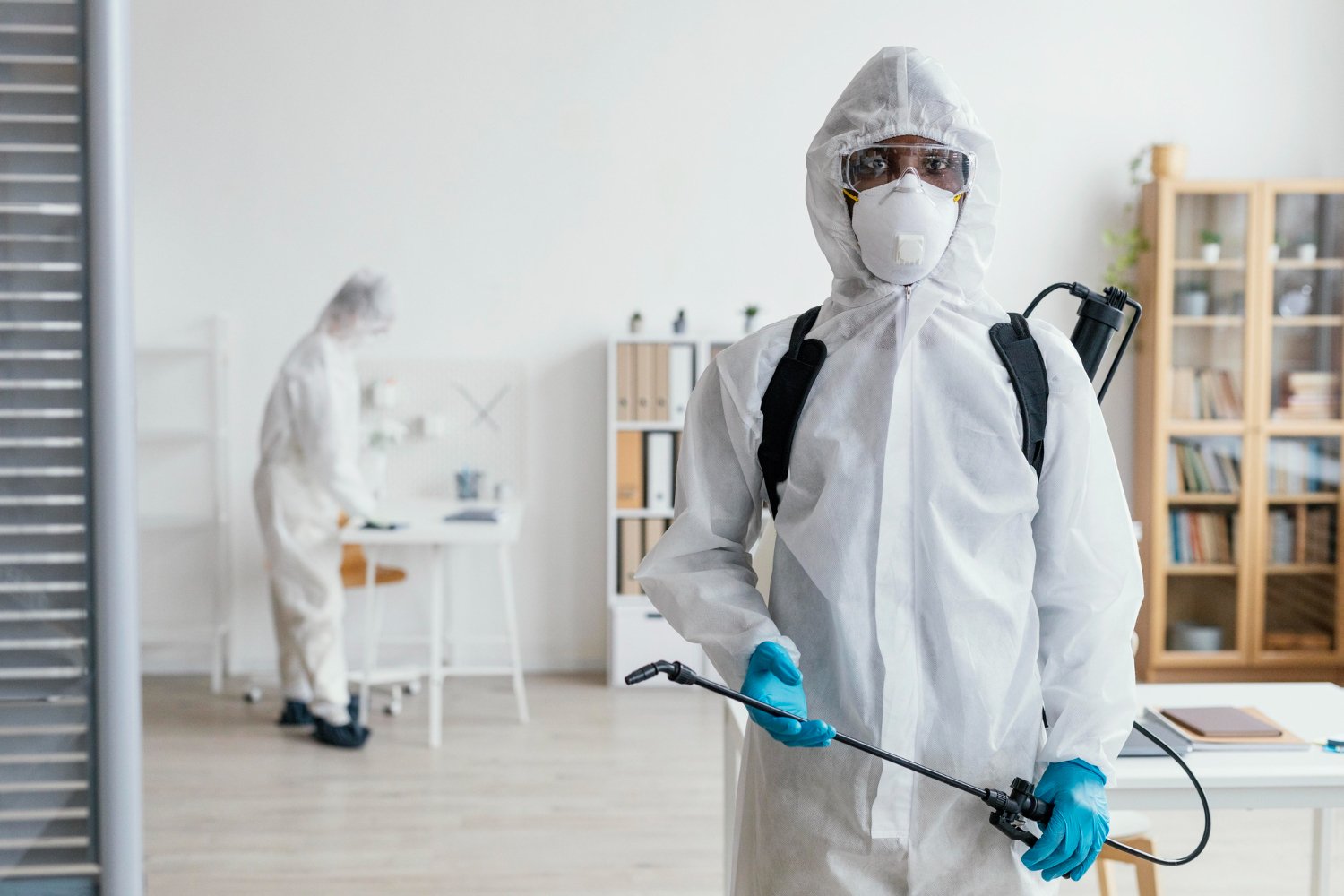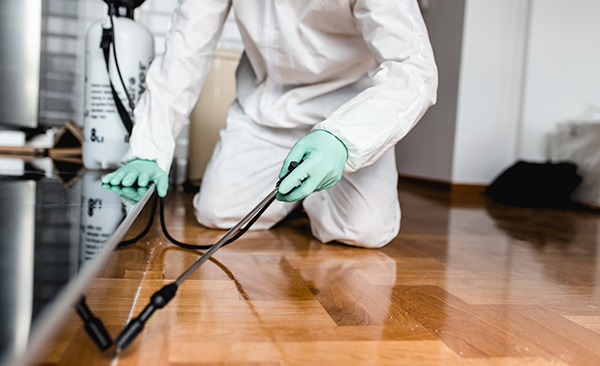Expert Insect and Rodent Removal by Pest Control Lockhart
Expert Insect and Rodent Removal by Pest Control Lockhart
Blog Article
Exploring Invasion and Therapy Methods worldwide of Parasite Control
The landscape of insect control incorporates a myriad of challenges, specifically as infestations of typical household bugs remain to progress. Recognizing the actions and reproductive patterns of these problems is critical for establishing reliable treatment techniques. By incorporating safety nets with sophisticated monitoring techniques, such as Integrated Insect Monitoring (IPM), homeowners can better protect their atmospheres. The effectiveness of these techniques may differ substantially based on details circumstances. What hidden variables add to the success or failing of these strategies in different settings?

Typical Home Vermin
When it pertains to managing our space, recognizing typical home pests is critical. These pests not just interrupt our comfort yet can likewise pose wellness dangers and damage home. One of the most common household parasites include ants, roaches, rodents, termites, and bed bugs.
Ants, often seen foraging in cooking areas, can contaminate food and develop large nests. Cockroaches, understood for their resilience, can trigger allergies and spread microorganisms. Rodents, consisting of mice and rats, can trigger structural damage and lug illness like hantavirus and salmonella. Termites, usually referred to as "quiet destroyers," can endanger the integrity of wood frameworks, resulting in pricey repairs. Bed bugs, although not disease providers, can create significant pain via their bites and result in mental distress.
Recognizing the signs of these insects, such as droppings, nests, or attack marks, is necessary for very early treatment (Pest Control Lockhart). Correct sanitation practices, sealing entry points, and maintaining a clutter-free atmosphere work preventative actions. By recognizing these common household pests and understanding their habits, homeowners can take aggressive actions to alleviate problems, making certain a much healthier living setting
Understanding Parasite Infestations
Parasite problems can rise swiftly, transforming a minor inconvenience into a significant problem otherwise resolved immediately. Comprehending the nature of these invasions is essential for reliable monitoring. Parasites can get into domestic and commercial rooms for different reasons, consisting of the search for food, sanctuary, or reproducing grounds. Usual aspects contributing to infestations consist of poor hygiene, architectural vulnerabilities, and seasonal adjustments that drive bugs indoors.
Determining the kind of bug is important, as various species display varied actions and reproductive rates. For example, rats may establish nests in surprise areas while bugs like cockroaches prosper in damp atmospheres. Early discovery often depends upon identifying indicators such as droppings, munch marks, or unusual sounds, which can suggest an issue prior to it comes to be severe.
Warm, damp environments can promote the quick development of parasite populaces, while changes in landscaping or construction can inadvertently create helpful atmospheres. An educated strategy to understanding these dynamics lays the foundation for efficient insect management approaches in the future.
Treatment Approaches and Strategies
Efficient treatment techniques and techniques are essential for alleviating insect infestations and recovering a risk-free setting. A diverse approach is commonly best, incorporating chemical, organic, and mechanical techniques tailored to the details insect and the extent of the infestation.
Chemical therapies include making use of pesticides and herbicides, which can efficiently eliminate bugs. However, appropriate application and adherence to safety and security guidelines are critical to reduce dangers to human beings and non-target microorganisms. Integrated Bug Management (IPM) encourages the sensible usage of chemicals as a last option, relying instead on tracking and limit levels to figure out treatment demands.
Biological control methods involve presenting all-natural predators or parasites to decrease pest populations. This approach is significantly preferred, specifically in agricultural setups, as it promotes environmental sustainability.
Mechanical methods, such as catches and obstacles, supply immediate relief from pests without introducing chemicals. Options consist of sticky catches for insects or physical obstacles for rats.
Eventually, the choice of therapy approach must think about the specific parasite, the atmosphere, and potential effect on human health and environments. A wikipedia reference well balanced combination of these techniques can effectively take care of invasions while promoting lasting insect control services.
Safety Nets for House
Proactively addressing parasite issues prior to they escalate is crucial for keeping a healthy home setting (Pest Control Lockhart). Executing reliable preventive actions can substantially lower the possibility of invasions, eventually guarding both your residential or commercial property and wellness

Appropriate landscaping likewise plays an important function in avoidance. Keeping hedges and trees cut away from your home reduces the opportunities of parasites finding their means indoors. Furthermore, guarantee that water drainage systems are functioning effectively to avoid standing water, which can pull in insects and other insects.
Finally, regular evaluations are advisable. Regularly checking for indicators of insect activity enables for early intervention. By taking on these safety nets, homeowners can produce a setting that is much less congenial click for info to bugs, thereby enhancing their overall lifestyle and decreasing the requirement for substantial pest control interventions.
Commercial Parasite Control Strategies
An extensive method to commercial parasite control is crucial for businesses aiming to maintain a risk-free and hygienic setting. Effective strategies involve a combination of regular examinations, staff member training, and the application of Integrated Bug Monitoring (IPM) practices.
Regular assessments enable very early detection of insect activity, permitting prompt treatment. Companies must create a routine schedule for these assessments, concentrating on high-risk areas such as hop over to here cooking areas, storeroom, and garbage disposal sites. Worker training is equally important; personnel should be informed on the indicators of parasite infestations and the relevance of reporting them right away.
Implementing IPM techniques assists minimize pest issues sustainably. This includes environment modification, such as sealing access factors and reducing clutter, along with using natural deterrents before considering chemical therapies.

Furthermore, working together with an accredited insect control service provider makes certain access to professional understanding and advanced treatment choices. This partnership can bring about personalized pest control intends customized to the specific demands of the service, reducing dangers and improving general efficacy. Eventually, a proactive and informed approach promotes a pest-free environment, protecting both public wellness and company credibility.
Verdict
In conclusion, reliable parasite control demands a detailed understanding of usual household insects and their behaviors, paired with targeted therapy techniques. Implementing preventative actions together with therapy techniques such as Integrated Pest Administration and organic control enhances the capacity to mitigate infestations.
Report this page